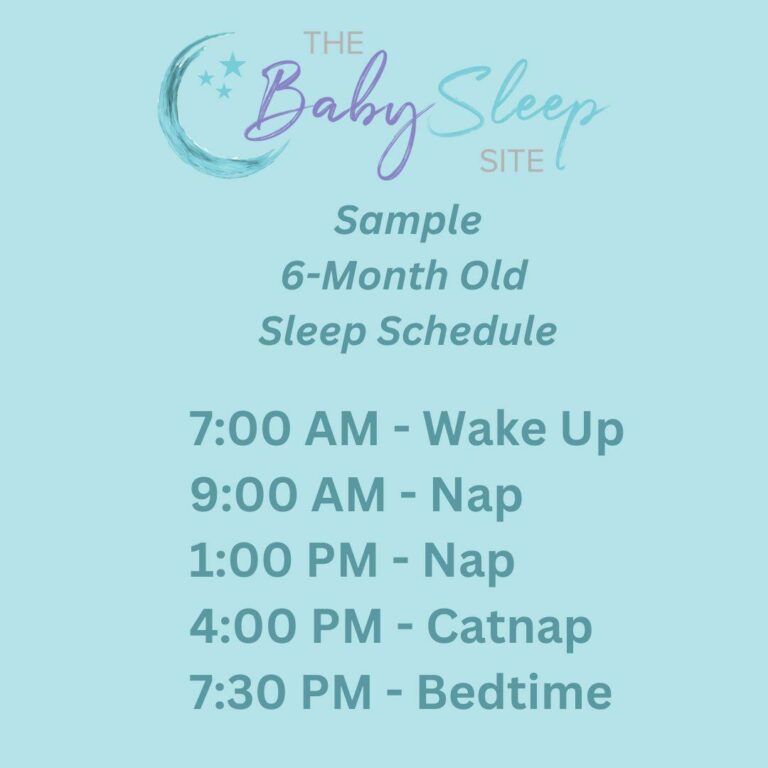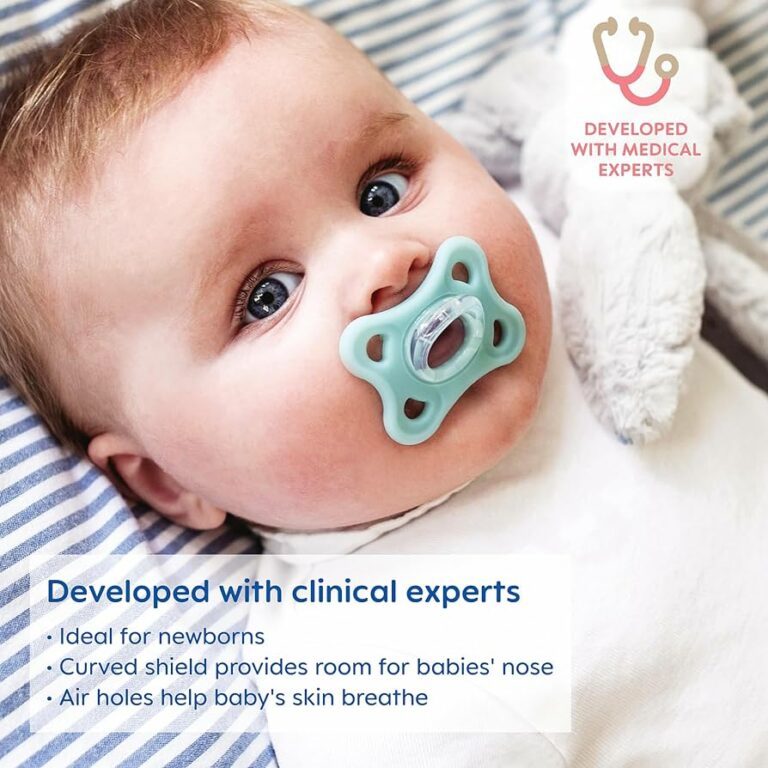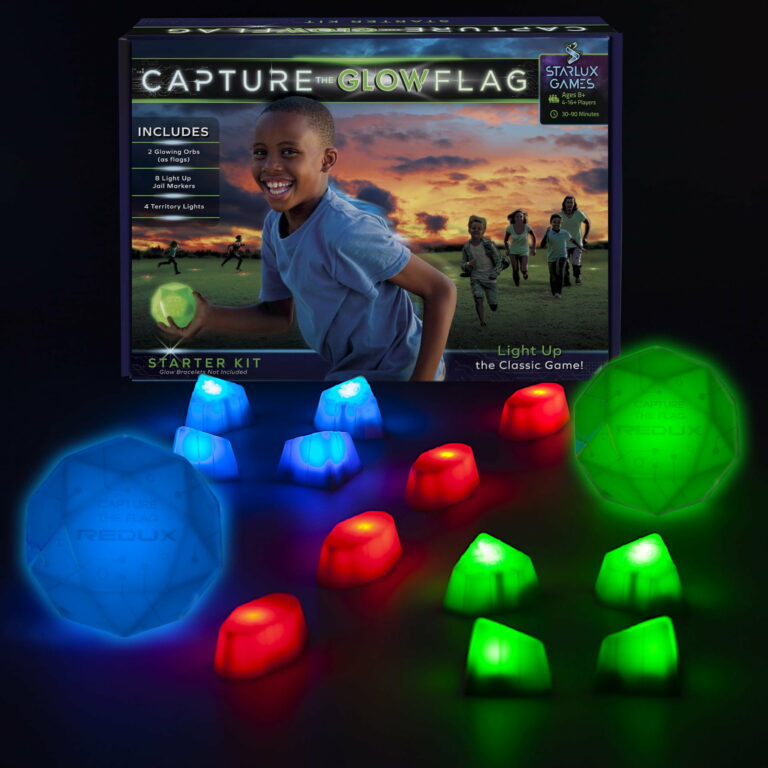Proper Way to Carry a Baby in a Front-Facing Carrier: A Comprehensive Guide
Are you looking to enhance your baby-carrying experience with a front-facing carrier? Look no further! In this guide, we will explore the ins and outs of safely and comfortably carrying your little one in a front-facing carrier.
We’ll cover everything from the benefits of using these carriers to safety guidelines, proper wearing techniques, and the advantages they offer for both parents and caregivers. So, let’s dive in and learn the proper way to carry a baby in a front-facing carrier!
Introduction to front-facing baby carriers

Front-facing baby carriers are a convenient and hands-free way to carry your little one while keeping them close to you. These carriers offer numerous benefits for both parents and babies, making outings and daily activities much easier.
Types of Front-Facing Carriers
There are several types of front-facing carriers available in the market, each offering unique features and benefits. Some popular options include:
- Soft-structured carriers: These carriers have a padded waistband and shoulder straps for added comfort.
- Wrap carriers: Made from soft, stretchy fabric, wrap carriers provide a snug fit for newborns.
- Meh Dai carriers: Featuring a panel of fabric with long straps that can be tied in multiple ways, Meh Dai carriers offer versatility.
Choosing the Right Carrier
It is crucial to select the right carrier based on your baby’s age and weight to ensure their safety and comfort. Consider factors such as proper head and neck support for newborns, weight limits, and adjustability for a secure fit.
Safety guidelines for carrying a baby in a front-facing carrier
Carrying your baby in a front-facing carrier can be a convenient way to keep your little one close while having your hands free. However, ensuring the safety and comfort of your baby is of utmost importance. Here are some guidelines to follow:
Checking the Security of the Carrier
Before placing your baby in the front-facing carrier, make sure to check the following:
- Secure Straps: Ensure that all straps and buckles are properly fastened and adjusted to fit snugly but comfortably on your body.
- Sturdy Support: Check that the carrier provides adequate support for your baby’s head, neck, and back.
- Weight Distribution: Make sure the weight of your baby is evenly distributed to prevent strain on your back and shoulders.
- No Loose Fabric: Avoid any loose fabric or items that could pose a suffocation risk to your baby.
Proper Positioning of the Baby
When placing your baby in the front-facing carrier, remember the following positioning tips:
- Head Support: Ensure that your baby’s head is well-supported and not slumped forward or to the side.
- Neck Alignment: Check that your baby’s neck is in a neutral position and not overly bent or twisted.
- Back Support: Make sure your baby’s back is supported in a natural, slightly rounded position to prevent discomfort.
- Leg Placement: Position your baby’s legs in a spread-squat position to promote healthy hip development.
Ensuring Baby’s Comfort and Well-being
To ensure your baby’s comfort and well-being during the journey, remember the following safety measures:
- Regular Checks: Periodically check on your baby to ensure they are comfortable and not overheating.
- Proper Clothing: Dress your baby in appropriate clothing for the weather to prevent overheating or getting too cold.
- Hydration: Make sure your baby stays hydrated, especially in hot weather, by offering frequent feeds or water breaks.
- Rest Breaks: Take breaks to allow your baby to stretch and move around to prevent stiffness.
Steps to properly wear a front-facing baby carrier

Wearing a front-facing baby carrier correctly is essential for the safety and comfort of both you and your baby. Follow these steps to ensure a secure fit and proper positioning.
Putting on the carrier and adjusting the straps
- Start by adjusting the straps to fit your body snugly. Make sure the carrier is centered on your chest and the straps are secure.
- Clip the waist belt around your waist and tighten it to provide extra support and distribute the baby’s weight evenly.
- Adjust the shoulder straps so they are comfortably snug, and make sure they are not twisted.
Positioning the baby in the carrier
- Place your baby in the carrier facing towards you with their knees higher than their bottom in an ergonomic M-position.
- Ensure the baby’s back is well supported and their head is close enough for you to kiss the top of it.
- Check that the carrier supports the baby’s thighs and hips properly to prevent hip dysplasia.
Maintaining good posture while wearing the carrier
- Keep your back straight and shoulders relaxed to avoid strain on your muscles.
- Distribute the weight of the baby evenly across your hips and shoulders to prevent discomfort.
- Take breaks and adjust the carrier if you feel any discomfort or strain on your body.
Benefits of front-facing baby carriers for parents and caregivers
Using a front-facing baby carrier comes with a whole bunch of perks for both parents and caregivers. Let’s dive into some of the advantages that make these carriers a game-changer in the parenting world.
Bonding with the Baby
When you carry your baby in a front-facing carrier, you’re not just transporting them from point A to point B. You’re creating a strong bond through close physical contact. The baby can feel your warmth, hear your heartbeat, and experience the world from your perspective, which nurtures a deeper connection between you both.
Ease in Daily Tasks
Having your baby comfortably nestled in a front-facing carrier allows you to tackle daily tasks with ease. Whether you’re grocery shopping, doing household chores, or simply going for a walk, having your hands free makes everything more manageable. You can multitask like a pro without having to constantly juggle between holding your baby and getting things done.
Hands-Free Mobility and Convenience
Front-facing carriers promote hands-free mobility, giving parents the freedom to move around without being weighed down by a stroller. Whether you’re out running errands, hiking, or attending social gatherings, having your baby in a carrier allows you to navigate through various environments with ease. It’s convenient, practical, and lets you stay connected with your little one at all times.
Common Queries
How do I know if my front-facing baby carrier is secure?
Before placing your baby in the carrier, always double-check that all buckles, straps, and fastenings are securely in place and adjusted properly.
What is the correct way to position my baby’s head, neck, and back in the carrier?
Ensure that your baby’s head is supported and their neck and back are in a natural, comfortable position without slouching or being overly upright.
How can I maintain good posture while wearing a front-facing carrier?
To prevent strain or discomfort, remember to stand tall, distribute the weight evenly, and adjust the carrier straps for a snug fit against your body.





